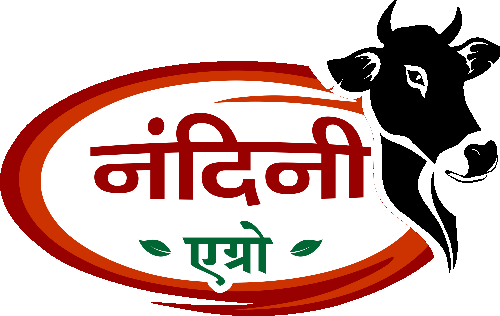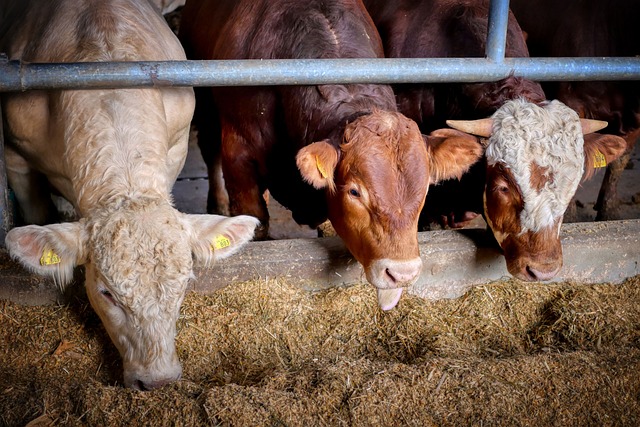Mastering the Art of Cattle Feeding: A Comprehensive Guide
Feeding cattle is a crucial aspect of livestock management that directly impacts their health, growth, and overall productivity. As a responsible farmer or rancher, understanding the fundamentals of proper cattle feeding is essential. In this comprehensive guide, we will walk you through the key considerations and best practices for feeding your cattle to ensure their optimal well-being and maximize your farm’s success.
Know Your Cattle’s Nutritional Requirements:
To provide the best care for your cattle, it’s important to understand their specific nutritional needs. Factors such as age, weight, breed, and purpose (milk production, meat production, or both) influence the dietary requirements of your animals. Consult with a veterinarian or livestock nutritionist to determine the ideal nutrient composition, energy levels, and protein content necessary for your cattle’s optimal growth and performance.
Quality Forage as a Foundation:
Forage forms the foundation of a healthy cattle diet. Ensure a reliable supply of high-quality hay or pasture to meet your cattle’s basic nutritional needs. Select forages based on their nutrient content, availability, and suitability for your climate and soil conditions. Rotate pastures regularly to prevent overgrazing and promote healthy regrowth. Test your forages periodically for nutrient composition to make any necessary adjustments to the feeding program.
Supplementing with Concentrate Feeds:
In addition to forage, supplementing your cattle’s diet with concentrate feeds is often necessary to meet their nutritional requirements, especially for animals in intensive production systems. Concentrate feeds such as grains, protein-rich supplements, and minerals help provide the necessary energy, protein, vitamins, and minerals. Consult with a nutritionist to determine the appropriate concentrate feed ration for your specific herd and feeding goals.
Feed Management and Ration Formulation:
Maintaining a consistent and balanced feeding program is vital for cattle health and productivity. Develop a feeding schedule and stick to it. Divide the daily feed into multiple meals to prevent overeating and digestive disorders. Monitor the body condition score of your cattle regularly to ensure they are neither underfed nor overfed. Adjust the feed ration as needed to meet their changing nutritional requirements throughout different stages of life.
Water, the Essential Nutrient:
Water is often overlooked but plays a critical role in cattle nutrition. Ensure a clean and accessible water source for your cattle at all times. Cattle may consume 10-20 gallons of water per day, depending on various factors like temperature, lactation, and weight. Regularly clean water troughs and ensure they are free from contaminants to promote good herd health.
Consider Seasonal Variations:
Cattle feeding practices may vary with the changing seasons. During the winter, adjust the feed ration to provide additional energy to keep your animals warm. In hot summer months, provide shade and ensure a sufficient supply of water to prevent heat stress. Adapt your feeding program to match the seasonal forage availability and quality.
Conclusion:
Feeding cattle is both an art and a science. By understanding your cattle’s nutritional requirements, providing high-quality forage, supplementing with appropriate concentrate feeds, and practicing proper feed management, you can ensure the health, well-being, and productivity of your herd. Remember, consult with experts, stay informed about the latest research, and regularly evaluate and fine-tune your feeding program to achieve the best results for your cattle and your farm. Happy and well-fed cattle are the foundation of a successful livestock operation.



